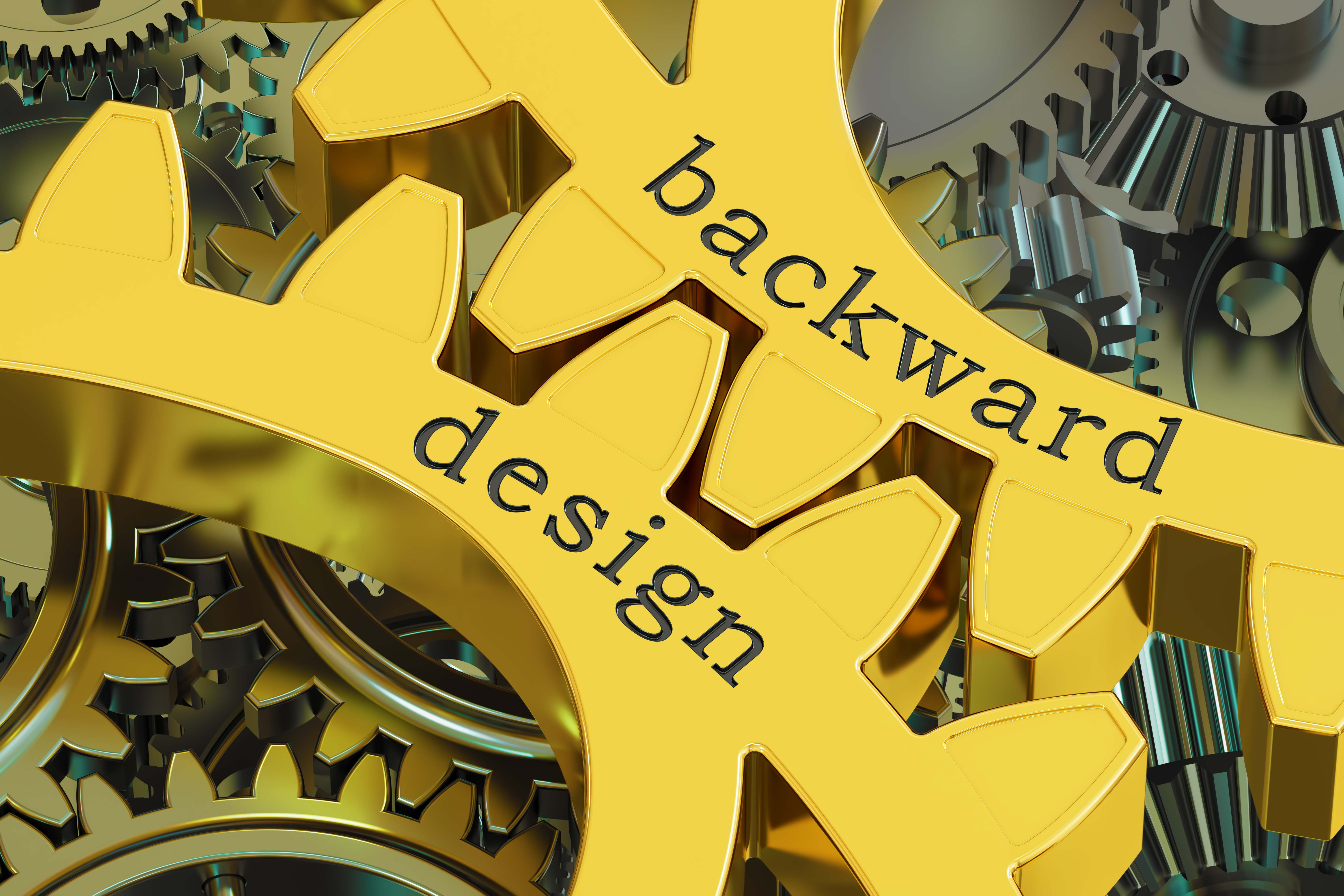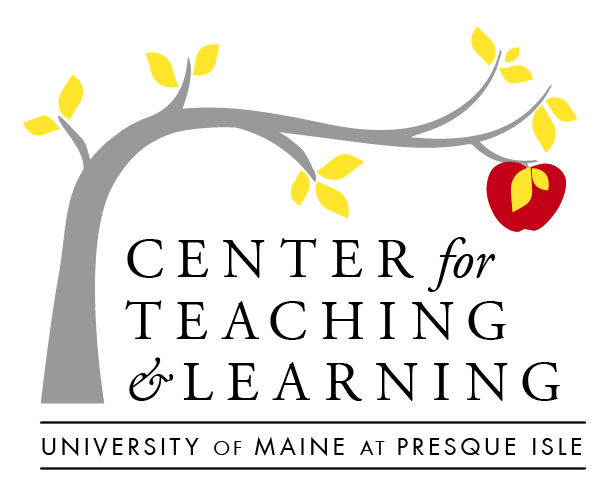
The Planning Process for CBE Development
When we are starting to think about how to translate semester-based courses into a CBE course for the YourPace program, it is helpful to shift your mindset from ‘faculty designing a course’ to ‘subject-matter expert designing a competency-based curriculum’. When contracting to design the CBE curriculum that maps to a course, keep the following things in mind:
- Competency design is Outcomes-based, and to ensure that the YourPace version of a course is equivalent to the online or F2F course–you need to be sure that the Learning Outcomes map to and, and are measured equitibely. For this reason, full-time faculty and coordinators will review all CBE courses for alignment.
- As a curriculum designer, it is helpful to design as if you will not be teaching the course–your assessment rubrics, activity language, and content structure must be clear enough for someone who is not you to follow successfully (with minimal guidance).
- Competency-based learning is, by its very nature, skills and application-based, so assessing your Learning Outcomes for easy-to-understand and measurable language is a must. Never be afraid to reach out to your Instructional Designer to ask about your Outcome language.
- Being Outcomes-based, CBE design is focused on Outcomes first, which means that we start at the end–the finished product…and then we determine what content, practice and experiences students will need to successfully complete that final assessment.
Note, that this page is designed to help you with your curriculum development and planning process–for more in-depth help with building your pre-designed competency in the Learning Management System, please see the Building Your Competency page.
CBE as a Modality: Drafting Your CBE Course
The YourPace staff, informed by instructor feedback and sound instructional design knowledge has developed a very useful timeline, based on a 5-phase building period, to help you stay on track with your building, every step of the way. It is helpful to think about your planning process as a number of steps you can go through to meet your goals and deadlines. Let’s look at some of the major steps that you will walk through in your initial design process:
- Make contact with your Instructional Designer to review your Learning Outcomes
- Design your Final (summative) Assessment & Rubric
- Map your Outcomes and the basic structure of concepts your competency will need
- Curate, write, choose, and collect free, open-source content & add/link to your course map
- Develop Milestones (formative) activities
- Create your syllabus
Pro Tips
- To support relevance to the real world: steer clear from content that just states mere facts, instead choose scenarios, story-telling-based content, and case studies that model the application of the skills.
- To focus on application & mastery: be crystal clear about the Learning Outcomes from the syllabus and course Overview page, which are measured in each milestone–clearly communicate how each milestone and activity connects to formal assessments.
- To transfer ownership and accountability: take advantage of this transfer of ownership and accountability by encouraging students to reflect on how the skills they are learning in this competency can be applied in their current or future careers.
- To support self-paced and flexible learning: create opportunities to have voice and choice in project-based assessments.
- To support holistic development: engage students in experiential learning that allows students to connect content concepts to career and life goals.

Steps for design…
Designing for online course delivery is structured much like our traditional face-to-face, 15-week semester. Where we differentiate with online design, is how we present content in different ways (which recognize the difference in how students learn in a class compared to online), as well as designing purposeful ways for students to interact with us as instructors, as well as each other (an important element that differentiates our online courses from the correspondence courses of old!). Even though there are some delivery and design differences, the online course is usually still following the same general content and assessment structure (and sometimes the same assignments).
CBE-design throws seat time out of the mastery equation and requires the student to demonstrate competence in a Learning Outcome before they can move forward to the next (and increasingly more sophisticated) outcomes and Final Assessment. Also consider that in the YourPace program, the students are non-traditional (adult) learners, with some college background, so the act simply of retrofitting a course designed for traditional-aged, campus-based freshman will fall short–adult learners, according to Knowle’s leading androgogical theory, benefit from a focus on relevant application of skillsets and on the direct and logical correlation between learning activities and what they are expected to produce.
That is not to say that you have to abandon your courses and start from scratch as you take on your YourPace CBE course-design assignment–in fact, there has to be equivalency between your traditionally delivered course and your competency–and you will likely be able to recycle some of your existing content and/or materials into your new competency structure if you choose to.
Planning for Peer-to-Peer Interaction
Social Learning Theory and Connectivist theory inform our understanding of the value of interacting with peers and the environment (the digital environment, in the case of connectivism) in the learning process. The challenge with CBE programming–with its rolling admissions and go-at-your-own-pace structure, is that we have to re-think the way that we define peer interaction–indeed, sometimes we even have to re-think what it means to be a peer!
It would not make sense to have a traditional discussion board, where students post and respond to several peers–at any given time, there could be only one student in a competency or only one who is in the section! So how DO we create those social learning and engagement opportunities for YourPace students? Let’s look at a couple of strategies:
Prompt students to connect with a topic or activity (or find a connection in thier ‘world’), and post in the Discussion Board feature as a learning community activity (not as an assessment–these are not graded). These are a great way for students to make a lasting (meaningful, relevant) impact–even across semesters.
Encourage activities for your Milestones or Final which require the student to reach out into their community for tasks like interviews, case studies, observations and more. You could have students contribute to a publically accessible forum (such as a performance video and student-created tutorial uploaded to Youtube).
Aligning Learning Outcomes

During your initial meeting with your Instructional Designer (ID), you will likely bring the most current syllabus for the course that your course maps to. Together, you will identify Learning Outcomes that need to be present in the course, as well as look at your current CLOs for measurability–as these LOs will form the basic structure of your competency (not the content, as is the case in many traditionally formatted live and online classes). Most competencies have between 5 and (not more than) 10 Learning Outcomes. At this point, it would be good to identify any General Education or Program Learning Outcomes that do not map well to your CLOs (for larger discussion with your Academic Program Coordinator)–as well as any CLOs you may have that are dependent on participation or in-class behavior, as these may need to be re-thought or re-tooled for asynchronous, student-paced delivery. Engaging in this process may prompt you to craft CLOs that are even stronger than in the class the competency maps back to–that is okay, just be sure to have a conversation about changes with your program coordinator.
In order to pass your QM review, your Outcomes must be measurable. If you are working with Course-level outcomes that are less than measurable, and you are unable to work with the coordinator to make them more measurable, then you are responsible for creating measurable learning objectives, at the submodule-level, that align with your CLOs.
Drafting Final Assessments

In the YourPace program, you can throw your list of assignments right out the window. Just kidding–those assignments may be useful if adapting to help you assess students’ ability to apply information from the content in the Milestone Activities and formative quizzes. Some assignments may also be adapted to be useful as a component of the Final Assessment. You may even be able to reuse some of your tests and/or quiz questions in your formative knowledge-check (ungraded) quizzes. What you really need to throw out the window is how you think about assessment. YourPace programming is not designed to assess a collection of project/products and quiz grades that will be weighted into a final grade. The only ‘graded’ summative assessment in your competency will be the Final, and the Final must be comprised of activities and submissions that explicitly measure the Learning Outcomes. Likewise–all Milestone Activities need to very clearly measure the knowledge of that Outcome it is in, and align explicitly with the rubrics and tasks that will be required in the final.
UMPI prefers, whenever possible, to have a project-based final assessment. A project-based final assessment could look like one big project or research paper that clearly maps back to ALL Learning Outcomes, or it could be a portfolio collection of smaller assignments that each map back to just one or two Learning Outcomes. Talk to your ID, to brainstorm final assessment ideas and/or needs.
Planning Milestones
Milestone Activities are a key element in the competency design process. These interactions between each student and their teaching professor are the instructor’s opportunity to determine the student’s development of key competency skills and knowledge–as well as the student’s opportunity to interact in a meaningful and substantive way with their professor. These formative assessments are not graded–rather, they are a student’s chance to apply what they have learned–and get feedback from the instructor about whether they are on the right track or not. Milestones should allow the instructor to assess the student’s skillset with the Outcome covered, as well as prepare students to succeed with relevant skills and tasks they will need to deploy for the final assessment. Every competency should have at least 3-5 Milestones, many developers have one for each Learning Outcome level.
Milestone’s interactions can be differentiated in submission requirements, in accepted file types, such as a Word DOC, image or audio/video file. As you are thinking about the appropriate application activities for your competency–keep in mind any technologies that students may have to utilize. For instance, if you need students to use Microsoft Office, you will want to collect and provide information to support students with that tool (CTL can help with that piece if you need assistance). Also, keep in mind that most Milestone Activities across programs are the equivalent of 300-500 words. Think of these activities more like Discussion Board posts (even if students are attaching files) than Term Papers.
You can also choose, when appropriate, to create Knowledge Checks in the form of Formative Quizzes at the end of a Learning Outcome Module–just be sure that you have enough Milestone Activities to create substantiative interaction between instructor and student.
You may have an Outcome level (such as an Introductory Outcome level) that does not need to be assessed with a Milestone–or you may find that two complementary Outcomes can be measured with a single Milestone Activity at the conclusion of both, and that is perfectly appropriate. You may even need to create several different parts to a Milestone, see the example below:
Curating & Creating Content

As faculty working with traditional-aged students, we have developed our curriculum and content to not only include materials essential to our course and discipline but also to help students who are young adults adapt to professional expectations, as well as tools to help them transition to life as a college student (whether that content is around ‘soft-skill’ development or in creating extra-practice modules and re-take/re-dos on assessments). The CBE model turns this on its head, because these students are already adults, in the workplace, and who already have some college credit. This allows us to free up our content devoted to ‘developing students’, and more highly focus on just the materials and learning activities that directly inform the Learning Outcomes, Milestone activities, and final assessment. In thinking about what content may meet our Outcome needs, we can utilize content that we have used in courses, streaming video, Open Education Resources, images, links to professional journal articles, new original content and more! As with any online learning design, developing your competency with a variety of different types of content is the key to an engaging learning experience for students.
Designing ‘lean’ does not mean that we are dumbing-down content–or omitting content that is essential for students to know as they build competence in your discipline. It does, however, require us to re-think that content that is great to know but does not explicitly relate to our Learning Outcomes.
Ready to Start Building?
So, you have your Final Assessment and Syllabus developed, and you are ready to dig into building? Here are your next steps!

